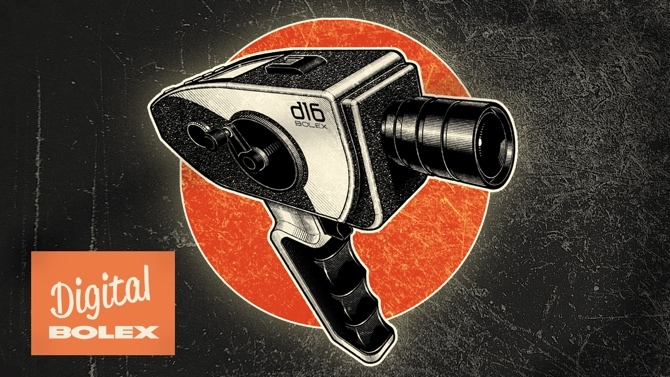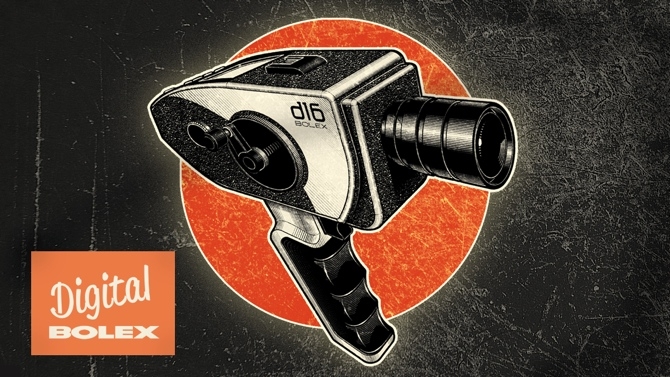
 Digital Bolex D16
Digital Bolex D16
Never mind that it will be used to shoot drama - the story behind the design and production of the Digital Bolex D16 is a drama in itself
As the product approaches the point where it can be manufactured and sold, the last few stages are as dramatic as any film script. The point is that this is no ordinary camera and it's not from a typical company. The opposite is the case.
Features and attributes that have worked well in the past
The camera is deliberately not on the cutting edge of resolution and nor does it try to have the largest sensor. Instead, it's taken a set of features and attributes that have worked well in the past, and for good reason: the price and form-factor of the original film-based Bolex cameras turned out to be ideal for aspiring film and documentary-makers, with a great image, (relatively) cost-effective media (16mm film!) and a wealth of lenses to choose from.
Just because the sensor is smaller doesn't mean that it's not good enough for high quality work. According to the Digital Bolex people, it's actually harder using a CCD - based sensor, and it has taken an extraordinary amount of work in the analogue electronic domain to preserve the quality of the images. But ultimately it will produce a beautiful raw video image, with none of the rolling shutter problems of a CMOS sensor.
Here's the story on Digital Bolex's own website, of how the company struggled with personnel and technical problems to finally (almost!) get a decent picture out of the camera. It's brilliantly written by Digital Bolex Co-Founder, Joe Rubinstein.
Tags: Business


Comments